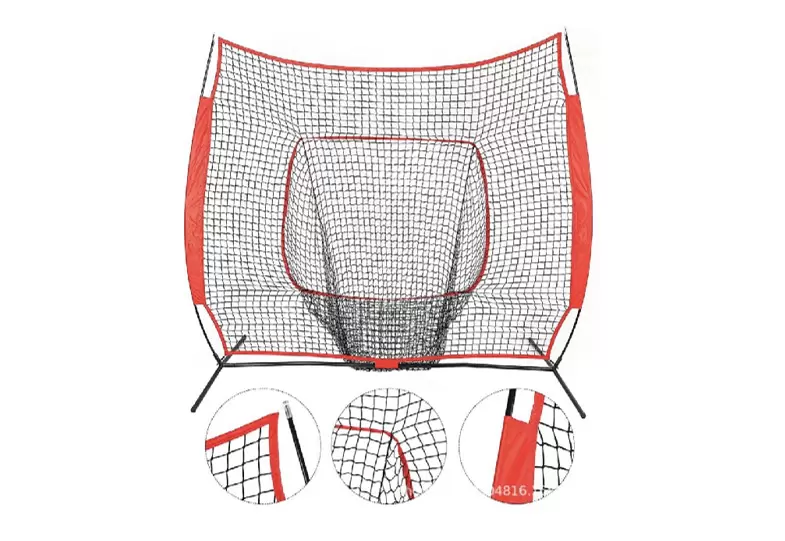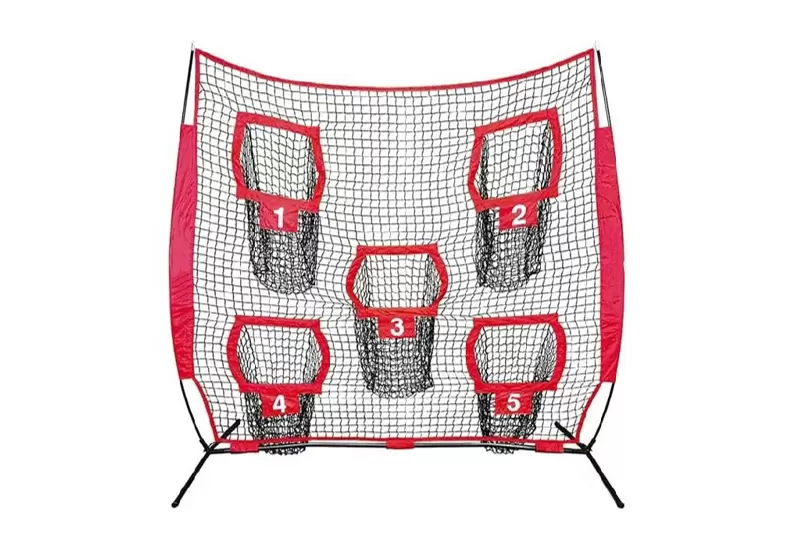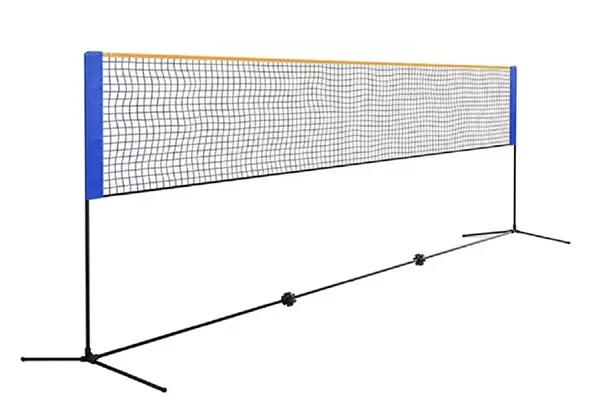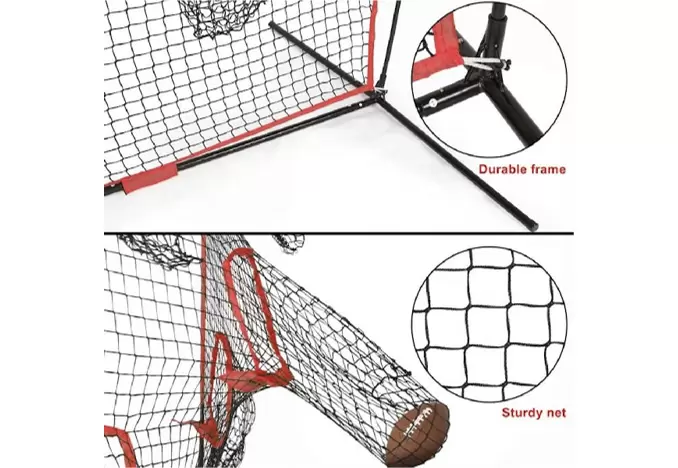Soccer venues come in all sizes—from small community fields and training grounds to large stadiums hosting professional matches. Selecting the right sideline barrier net requires a careful balance of durability, portability, safety, and customization.
Huizhou Riches Net Science & Technology Co., Ltd., with over 23 years of experience, provides premium, customizable barrier nets designed for any soccer environment. Their nets combine polyester knotless mesh, reinforced frames, and portable designs, ensuring high performance across all types of venues.
This guide walks through the practical considerations for choosing, installing, and maintaining soccer sideline barrier nets, helping coaches, facility managers, and clubs make informed decisions.
1. Determining Net Requirements by Venue
The size and intensity of play directly influence net selection:
Small Fields: Youth leagues, schools, and backyard training require lightweight, portable nets that are easy to set up and store.
Community or Club Fields: Medium-sized nets balance stability and portability, handling frequent practice sessions while remaining easy to move.
Stadiums: Large, reinforced nets must withstand high-speed shots, professional training, and frequent public use.
Tip: Always consider the expected frequency of use, ball speed, and number of players when choosing net size and reinforcement.
2. Structural Considerations for Optimal Performance
A sideline barrier net must remain stable and secure under repeated impact. Key structural factors include:
Support frame: Fiberglass rods provide high strength, flexibility, and lightweight portability, allowing nets to be repositioned easily.
Bottom brackets: Painted iron pipes resist bending, twisting, and corrosion, ensuring the net remains upright even on uneven surfaces.
Mesh tension: Proper tension ensures balls are contained without excessive sagging or rebound.
Practical Insight: Venue size dictates the frame thickness and bracket reinforcement required. Stadium nets need heavier-duty rods and brackets, while small fields can use lighter materials.
3. Size, Customization, and Adaptability
Every field has unique dimensions and requirements. Riches Net offers fully customizable options:
Width and height adjustments for small, medium, or large venues.
Mesh density and rope thickness tailored to ball impact intensity.
Color customization for visibility, branding, or team identity.
Portability features, including Oxford cloth carrying bags for easy transport and storage.
Tip: Customization not only improves performance but also allows facilities to align nets with specific training objectives and field layouts.
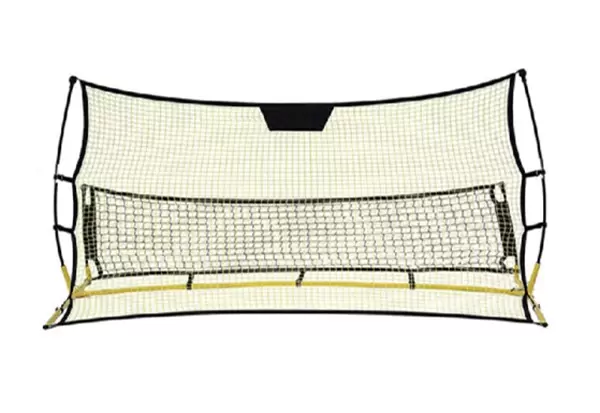
4. Installation Best Practices
Proper setup ensures safety and longevity:
Prepare the area: Ensure a level surface, free from obstacles. Consider space for players and safety zones around the net.
Assemble the base: Secure bottom iron pipe brackets, adjusting for uneven terrain if necessary.
Install support rods: Insert fiberglass rods into sleeves or connectors, maintaining correct spacing for stability.
Attach the net: Fasten the polyester knotless mesh with ropes or hooks. Adjust tension to prevent sagging.
Final inspection: Confirm all components are secure. Test by striking the net to ensure stability.
Tip: Modular design enables setup by one or two people, even for medium or large nets.
5. Maintenance for Longevity and Safety
Regular maintenance keeps nets functional and safe:
Inspect mesh and frame regularly for wear, tears, or bending.
Clean the net to remove dirt, dust, and moisture, preserving material integrity.
Apply UV protection for outdoor nets to reduce sun damage and degradation.
Store nets in Oxford cloth carrying bags when not in use to avoid environmental wear.
Check brackets and rods periodically for cracks or loose fittings.
Practical Insight: Consistent maintenance extends net life and reduces replacement costs, particularly for frequently used club or stadium nets.
6. Use Cases Across Different Levels
| Venue Type | Recommended Features | Key Benefits |
|---|
| Small Fields | Lightweight frame, portable mesh | Easy setup and storage, suitable for youth and school training |
| Community Clubs | Reinforced rods, medium-size mesh | Balance between portability and durability for frequent practice |
| Stadiums | Heavy-duty brackets, high-tension mesh | Withstands high-speed balls, multiple sessions, public safety |
Practical Tip: Selecting the right net type ensures safe, uninterrupted play, reduces ball loss, and enhances training efficiency.
7. Cost vs Value Considerations
Investing in high-quality sideline nets provides long-term benefits:
Upfront cost: Premium materials, reinforced frames, and customization options may increase initial investment.
Long-term value: Durable nets reduce frequent replacements, maintenance time, and potential damage to surrounding areas.
Training efficiency: Reliable nets prevent interruptions from balls leaving the field, maximizing practice time.
Practical Insight: High-quality, customizable nets represent a cost-effective solution for facilities of all sizes.
8. Frequently Asked Questions (FAQ)
Q1: Can these nets be used on uneven terrain?
A1: Yes. Bottom brackets can be adjusted, and fiberglass rods maintain tension, even on slightly uneven fields.
Q2: Are portable nets stable enough for competitive matches?
A2: For small or community fields, yes. Stadium-level nets use heavier brackets and tensioned mesh for professional use.
Q3: How durable is the polyester knotless mesh?
A3: It is strike-resistant, UV-resistant, and designed for repeated high-impact use.
Q4: Can I customize the net color and size?
A4: Absolutely. Riches Net supports full customization for all venue types.
Q5: How easy is setup and storage?
A5: Lightweight materials and carrying bags allow one or two people to handle nets quickly and safely.
9. Conclusion
From small training fields to professional stadiums, choosing the right soccer sideline barrier net involves evaluating venue size, player level, material strength, and portability.
Riches Net provides customizable, durable, and portable nets that combine:
Polyester knotless mesh (7 strands x 1.75”) for strike resistance
Reinforced fiberglass rods and painted iron bottom brackets for stability
Modular design for easy installation and transport
Full customization options including size, color, mesh density, and rope thickness
By selecting nets tailored to the venue and usage level, teams and facilities can enhance safety, training efficiency, and overall player experience, making Riches Net a trusted partner in soccer equipment solutions



